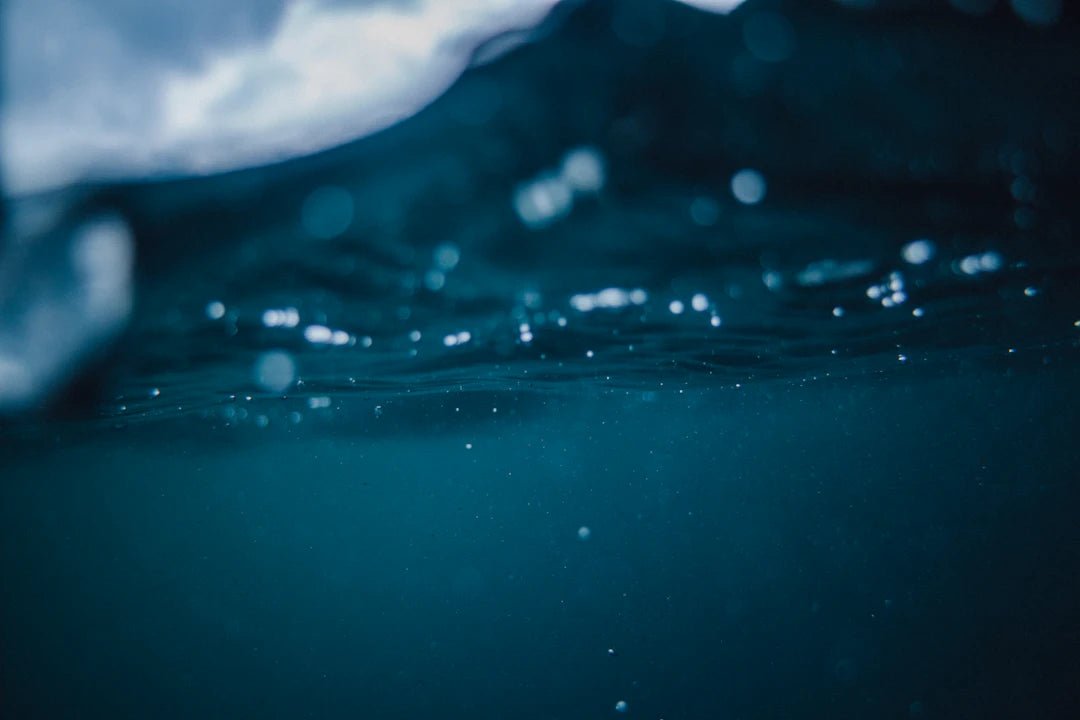Ensuring Clean Water: Australia's Water Quality Regulations
Frequently Asked Questions
1. What are the Australian Drinking Water Guidelines (ADWG)?
2. How is water quality monitored in Australia?
3. What types of water filtration systems are popular in Australia?
4. Why is public awareness important for water quality?
5. What are some emerging trends in water quality management in Australia?
In Australia, the importance of clean and safe drinking water cannot be overstated. Given the diverse climatic conditions and unique landscapes, the regulatory framework surrounding water quality is stringent and comprehensive. This article dives deep into the complex regulations and standards governing water quality in Australia, examining the roles of various stakeholders, the science behind water filtration, and how advanced technologies like reverse osmosis and chlorine filters for water play a significant role in ensuring the safety of our drinking water.
Understanding Water Quality Regulations in Australia
Australia's water quality regulations are driven by both state and federal legislation, ensuring that the water supplied to millions of households is safe for consumption. The main regulatory framework is centered around the Australian Drinking Water Guidelines (ADWG), issued by the National Health and Medical Research Council (NHMRC). These guidelines provide a comprehensive framework for managing drinking water quality.
The Role of the ADWG
The ADWG acts as a guiding document for water suppliers across Australia, establishing standards for safe drinking water and emphasizing health-related concerns. The guidelines cover a variety of contaminants, including microbiological, chemical, and physical aspects of water. One essential point in these guidelines is the importance of regular monitoring and assessment of drinking water quality.
Key Water Quality Standards
Australia’s water quality standards encompass several parameters to ensure that our water is not only safe but also palatable. Here are some critical areas of focus:
- Microbiological Safety: The presence of pathogens such as E. coli must be non-detectable in drinking water.
- Chemical Composition: Water quality must adhere to limits set for heavy metals, pesticides, and other hazardous substances.
- Physical Characteristics: Parameters like color, turbidity, and taste must fall within acceptable ranges, making the water pleasant for consumers.
Monitoring Water Quality
Water utilities are responsible for regularly testing their water supply to ensure compliance with set standards. This testing involves the collection of water samples from various points in the distribution system and can include testing for microbiological agents, chemical pollutants, and other health-related concerns. Furthermore, many residents choose to utilize a water filtration system at home to further ensure the quality of their drinking water.
Water Filtration Systems and Quality Assurance
As a proactive measure, many Australians opt for solutions to enhance their water quality. Water filtration systems, including activated carbon filters and reverse osmosis units, play a vital role in removing impurities from tap water. The rise in popularity of these systems can be attributed to their effectiveness in enhancing safety and improving the taste of drinking water.
The Science Behind Water Filtration
Water filtration technologies can vary widely, with each method targeting different contaminants. For example, reverse osmosis is highly effective at removing dissolved solids, heavy metals, and microbes from water. Devices that employ reverse osmosis can produce water that meets or exceeds the quality of many bottled water brands, making them a popular choice for households seeking high-quality water.
Chlorine Filters for Water
Another popular option Australians consider is a chlorine filter for water. This filtration method focuses on reducing the chlorine levels present in municipal tap water. Although chlorine is added to public water supplies to kill pathogens, high levels can cause undesirable taste and odor. By using a chlorine filter, consumers can significantly improve their drinking experience while maintaining water safety.
The Importance of Public Awareness
While regulations and water quality standards are robust, public awareness is crucial in driving home the importance of clean drinking water. Educational campaigns about the health risks associated with poor water quality and the benefits of using water filters are essential. The Australian government and various non-profit organizations work tirelessly to inform residents about water safety and testing initiatives.
Educating Consumers on Safe Practices
Many Australians are becoming more engaged in their health and safety, emphasizing the importance of understanding the water they consume. Educational programs cover topics such as:
- Choosing the right water filtration system for home use.
- Understanding the significance of regular water testing.
- The benefits of using products like Rippl Pure for enhanced drinking water safety.
Environmental Considerations
Water quality regulations also consider environmental factors, recognizing that pollution sources can adversely impact water supplies. Australia’s unique ecosystems remain vulnerable to changes in land use, climate change, and pollution from agriculture and urban areas. The regulations strive to balance human needs for water with the protection of the environment.
Protecting Our Water Sources
Efforts to protect water sources, such as rivers, lakes, and aquifers are essential. Regulatory bodies work in collaboration with local governments, industries, and communities to implement best practices in pollution prevention, sustainable water use, and effective waste management. This collaborative approach ensures that both water quality and the surrounding ecosystem are preserved for future generations.
Innovation and Future Trends in Water Quality
The future of water quality management in Australia appears promising, driven by advancements in technology and increased awareness of environmental sustainability. As cities grow and populations rise, innovative approaches will be critical in ensuring water quality standards are met.
Emerging Treatment Technologies
Innovative water treatment technologies have emerged to meet growing demands and improve the efficacy of purification processes. Options like smart water monitoring systems, advanced membrane technologies, and green chemistry methods are a testament to the ongoing evolution in water quality management.
Taking Action for Cleaner Water
As consumers, it is vital to remain informed and proactive about water quality. By investing in technologies like water filters and participating in local discussions about water management, Australians can take an active role in ensuring safe drinking water. Those looking for dependable solutions can opt for brands recognized for their commitment to excellence and innovation in water filtration.
Join the Movement for Quality Water
Clean drinking water is a fundamental right, and by staying informed, utilizing products like those under the Rippl Pure brand, and supporting sustainable practices, Australians can contribute to a cleaner, healthier environment. The journey toward achieving optimal water quality is a shared responsibility, one that we can all partake in to ensure a safe future for generations to come.



